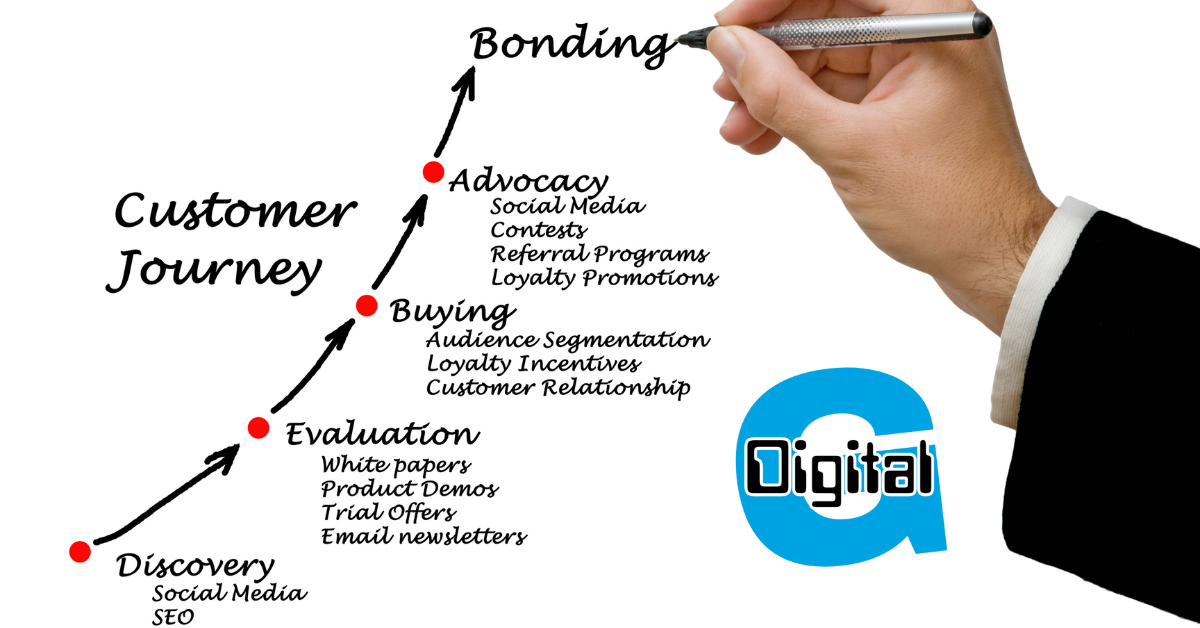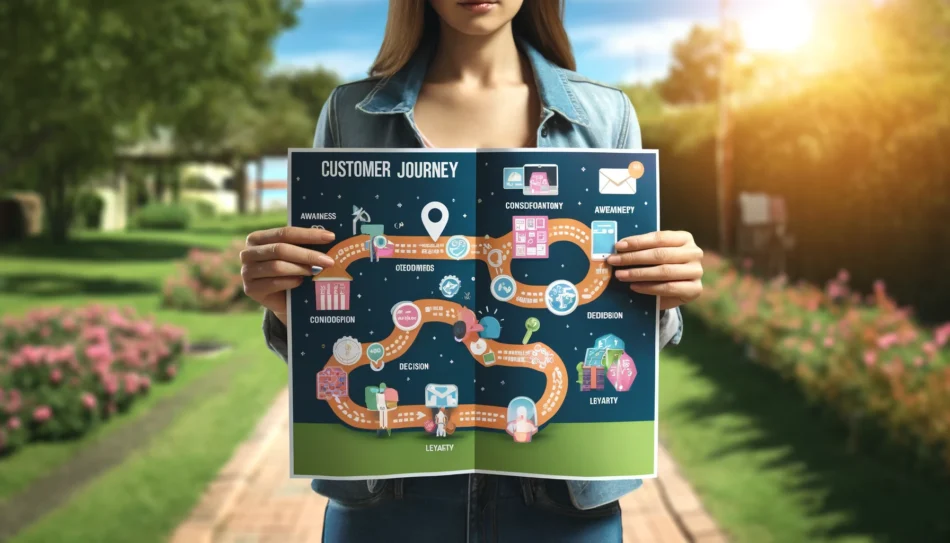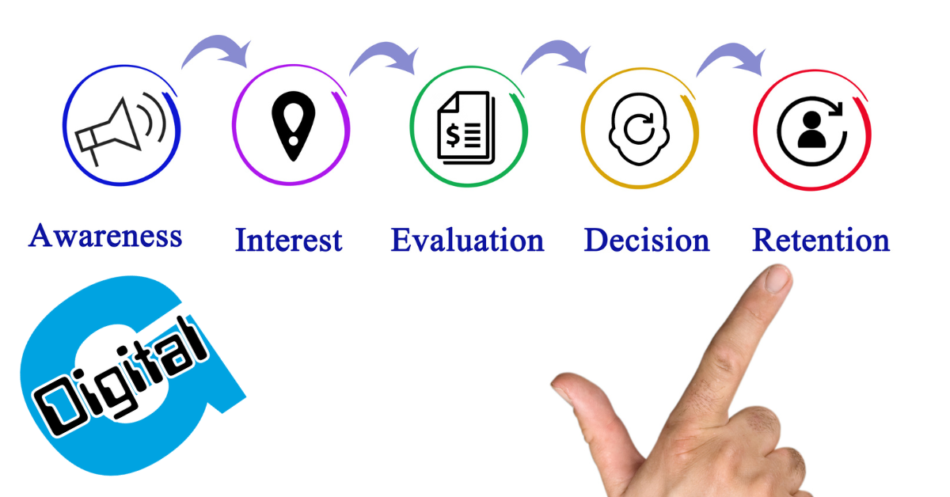In today’s fast-paced market, the alignment of all departments—marketing, sales, and customer service—around a unified customer journey map is not just beneficial; it’s essential.
This synergy ensures a seamless experience for customers as they transition from one phase of their journey to the next. Understanding and implementing this alignment can significantly enhance a company’s ability to attract, satisfy, and retain customers.
So, let’s unpack the customer journey map and explore how each department plays a pivotal role in this dynamic process.

Understanding the Customer Journey Map
A customer journey map is a visual or textual representation of the process a customer goes through to achieve a goal with your company. It covers several key phases:
- Awareness: The customer becomes aware of your product or service.
- Consideration: The customer evaluates your offering against others.
- Purchase: The actual buying decision.
- Retention: Keeping the customer happy post-purchase.
- Advocacy: The customer recommends your brand to others.
It’s crucial for all departments to understand these phases because each interaction a customer has with your business can influence their overall experience and your bottom line.

Roles of Various Departments
Marketing
The marketing team’s role is to generate awareness through various channels such as social media, email campaigns, and content marketing. They create the initial spark that draws potential customers into the customer journey.
Sales
Once marketing hands off leads, it’s up to the sales team to nurture these potential buyers by understanding their needs and guiding them towards the purchase phase with expertise and empathy.
Customer Service
After the sale, the customer service team must ensure that customers remain satisfied and are encouraged to return or even become brand advocates.
Aligning these departments ensures that the customer receives a consistent message and quality experience from the first touchpoint to the last.

Strategies for Aligning Departments
Aligning departments requires strategic planning and ongoing effort. Here are some effective strategies:
- Regular Meetings: Hold weekly or monthly meetings to ensure all departments are on the same page.
- Shared Goals and Metrics: Establish common goals for customer satisfaction and retention that all departments work towards.
- Cross-Departmental Training: Conduct training sessions where team members from different departments can learn about the others’ roles and challenges.
Benefits of Department Alignment
When departments are well-aligned, the entire business operates more smoothly:
- Customer Experience: A unified approach means customers enjoy a seamless transition between stages.
- Efficiency and Productivity: Reduced redundancy and smoother processes increase overall efficiency.
- Team Morale: Understanding and appreciating the role of other departments fosters a better work environment and collaboration.

So, to end;
Aligning all departments around the customer journey map is not just a strategy, but a culture that businesses must cultivate. It fosters a holistic view of the customer experience, breaking down silos and uniting teams towards a common goal. Embrace these principles, and watch your customer satisfaction, team morale, and bottom line grow.
Would you like more information on any specific section or need further details on implementing these strategies in your business?


